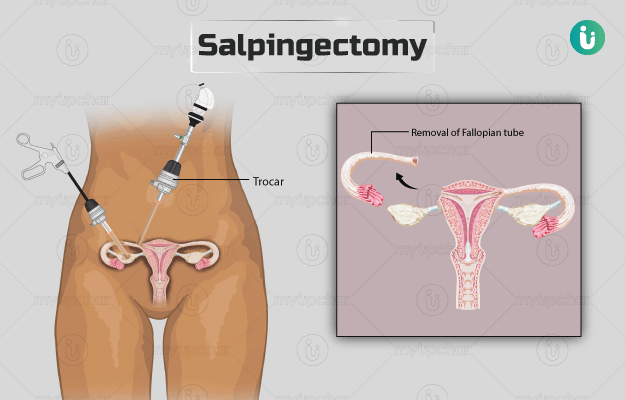Summary
Salpingectomy is performed to remove one or both fallopian tubes in women to prevent the transfer of the egg to the uterus. This surgery is recommended to avoid pregnancy and treat conditions, such as fallopian tube cancer, endometriosis and ectopic pregnancy. Before the surgery, the doctor will perform a few imaging tests of the uterus. Fasting for a few hours is required before the surgery. During the surgery, general anaesthesia is given, and incisions are made in the abdomen to remove the tube. You can leave the hospital within a few days after the surgery.









































